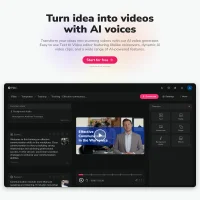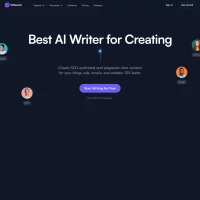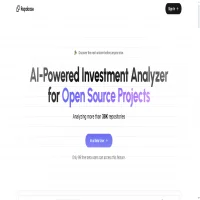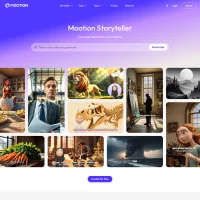Stay Ahead of the Curve
Latest AI news, expert analysis, bold opinions, and key trends — delivered to your inbox.
Productivity vs. Precision: The Great LLM Debate of 2025
4 min read The big LLM debate in 2025 isn’t if they work—it’s whether they’re productive enough to scale and precise enough to trust. They’re boosting efficiency like never before, but without human oversight, the risks are real. The key? Knowing when to prioritize speed vs. accuracy. March 28, 2025 22:03
As large language models (LLMs) evolve and integrate deeper into industry workflows, the conversation in 2025 has shifted from “what can they do?” to “how well do they actually perform?”
At the heart of this debate lies a tension between productivity gains and precision limitations—a defining issue as we scale toward mass adoption.
Productivity Gains: LLMs as Workload Amplifiers
LLMs are widely celebrated for their ability to supercharge productivity across a wide range of tasks—coding, content creation, brainstorming, automation, and more.
In software development, LLMs can generate clean, functional code from natural language, reducing development time by 30–50%, according to recent estimates.
Enterprise models like Grok 3 (launched by xAI in February 2025) bring advanced reasoning and real-time data processing to high-speed environments—such as customer support or news analysis—making them invaluable in time-sensitive contexts.
A key trend this year is the rise of autonomous agents powered by LLMs. These agents handle everything from scheduling to customer interactions, significantly cutting down on human oversight. At events like Reuters NEXT, business leaders predict massive labor cost savings as these tools go mainstream.
Access is also becoming more democratic. Thanks to smaller, open-source models, even solo entrepreneurs can run entire businesses using LLMs like Claude—acting as "one-person enterprises" with AI co-pilots that automate what once took full teams.
Precision Challenges: When Good Enough Isn’t Enough
While productivity is skyrocketing, precision remains a sticking point. LLMs are great at sounding right, but not always being right.
They struggle with tasks that demand high accuracy—factual citations, deep logic, long-context reasoning, or niche domain expertise.
-
Citation accuracy still hovers around 72.7%
-
Complex reasoning often falters in multi-step logic
-
Hallucinations persist, even in large, fine-tuned models
The now-infamous Air Canada chatbot incident—where an LLM gave users false refund info—reminds us of the very real consequences of these limitations.
Even as models grow in size and instruction-following ability, precision hasn't scaled at the same rate. The computational cost of squeezing out marginal gains is rising, pushing researchers toward hybrid solutions like retrieval-augmented generation (RAG) that combine LLMs with real-world data sources.
Finding the Balance: The Emerging Middle Ground
Rather than frame productivity and precision as opposing forces, many experts now see them as complementary goals.
LLMs don’t need to be perfect—they just need to work well with humans. Models like Grok 3 with DeepSearch, or Claude 3.7’s “thinking” mode, aim to bridge the gap by improving context awareness and layering in reasoning enhancements.
The 2025 consensus?
-
Use general-purpose LLMs for broad, fast-moving tasks
-
Deploy specialized, smaller models (SLMs) for high-precision scenarios
-
Always keep human oversight in the loop
In Summary
The 2025 debate around LLMs reflects a maturing view of their role in work and society. They’re not flawless or foolproof—but they’re also not going away.
LLMs are shaping up to be the co-pilots of the future—boosting productivity where it counts, while gradually improving on the precision front with smarter design, better tools, and human-in-the-loop systems.
The key isn’t choosing between speed and accuracy—it’s knowing when to prioritize which.



















 AI Agents
AI Agents